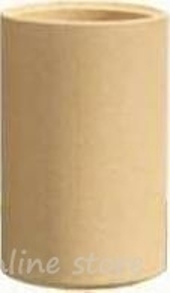
 5
5








1. my projects




 2
2




The ultimate goal of farming is not the growing of crops, but the cultivation and perfection of human beings. - Masanobu Fukuoka




Jordan Lowery wrote:I caught that last part in your video. I farm with gophers also and use them as a benefit rather then a problem. Interested to hear your view on it.
 1
1




















It can be done!
 1
1








 1
1




David Miller wrote:just my two cents. I have a new hugel bed that I built this spring and planted squash and sweet potatoes in. I have heavy clay with 7.2 ph, and the plants are in hog heaven. I placed the bed to catch all runoff from the garden and this is the best squash I've ever had (growth wise, always bland in my book).
![Filename: july_43.jpg
Description: [Thumbnail for july_43.jpg]](/t/16774/a/5816/july_43.jpg)
Baldwin Organic Garden Share Our home-based garden cooperative. Tribal Wind Arts Rustic Furniture & Artisan-Craftwork from reclaimed suburban trees








Brenda
Bloom where you are planted.
http://restfultrailsfoodforestgarden.blogspot.com/








"People may doubt what you say, but they will believe what you do."




 1
1












“We can complain because rose bushes have thorns, or rejoice because thorn bushes have roses.” — Abraham Lincoln

|
Why does your bag say "bombs"? The reason I ask is that my bag says "tiny ads" and it has stuff like this:
The new purple deck of permaculture playing cards
https://www.kickstarter.com/projects/paulwheaton/garden-cards
|









